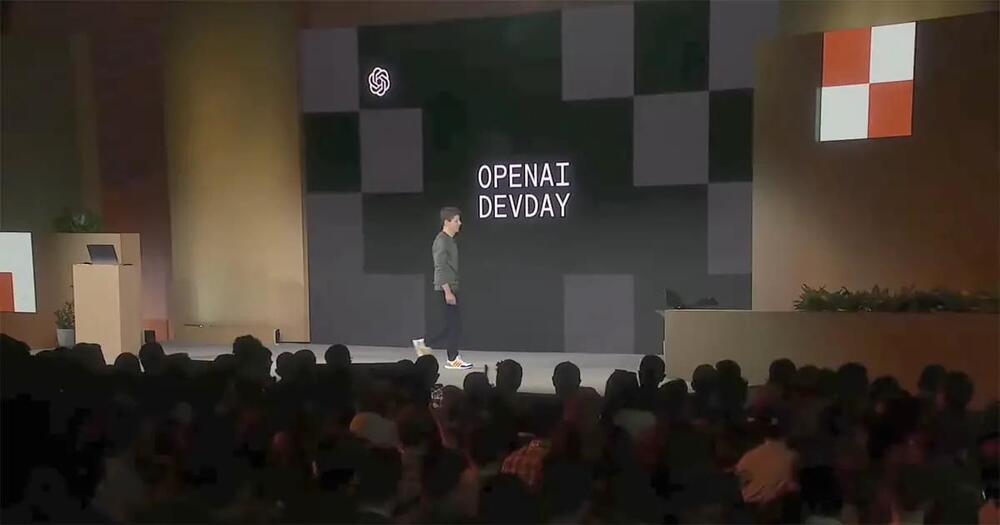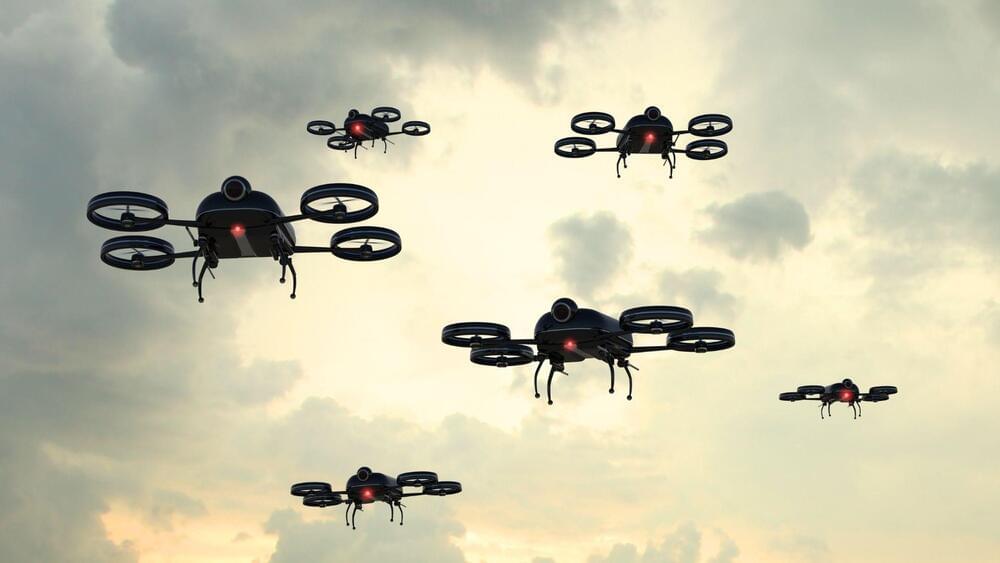OpenAI, the company behind ChatGPT and DALL·E 3, held its first developer conference yesterday in San Francisco. In addition to revealing new products and model upgrades, CEO Sam Altman hinted at something much greater that may be arriving soon.
Credit: Tada Images.
Following the launch of ChatGPT in November 2022, OpenAI released a more powerful version based on GPT-4 in March 2023. This featured many improvements such as a larger text input length, more creative and nuanced responses, and improved safety and security.









